Panel Brainstorms Ideas to Combat Brooklyn's Affordability Crisis
Suggestions include razing the BQE, encouraging affordable homeownership, and connecting community symposiums with block parties.

Participants gathered at NYU Tandon to talk about building a more equitable future. Photo by Megan McGibney
Brooklyn residents and leaders from the business, nonprofit, higher education, and political sectors gathered last week to tackle a pressing question: What policy ideas can make Brooklyn more affordable and better positioned for future growth?
The symposium, held at NYU Tandon School of Engineering at MetroTech Center, was based on a March 2024 report by the nonpartisan think tank Center for an Urban Future. The report, “50 Ideas for a Stronger and More Equitable Brooklyn,” highlights the borough’s booming tech and creative economy and notes that Brooklyn is outperforming the city’s other boroughs in the post-pandemic recovery.
Still, high living costs and a lack of in-demand job skills are keeping many residents from benefiting from that growth. The report found that more than 500,000 Brooklynites live below the poverty line and that the racial wealth gap is continuing to widen. Nearly 80 percent of residents in Park Slope and Carroll Gardens have a college degree or higher, compared to just 20 percent in East New York.
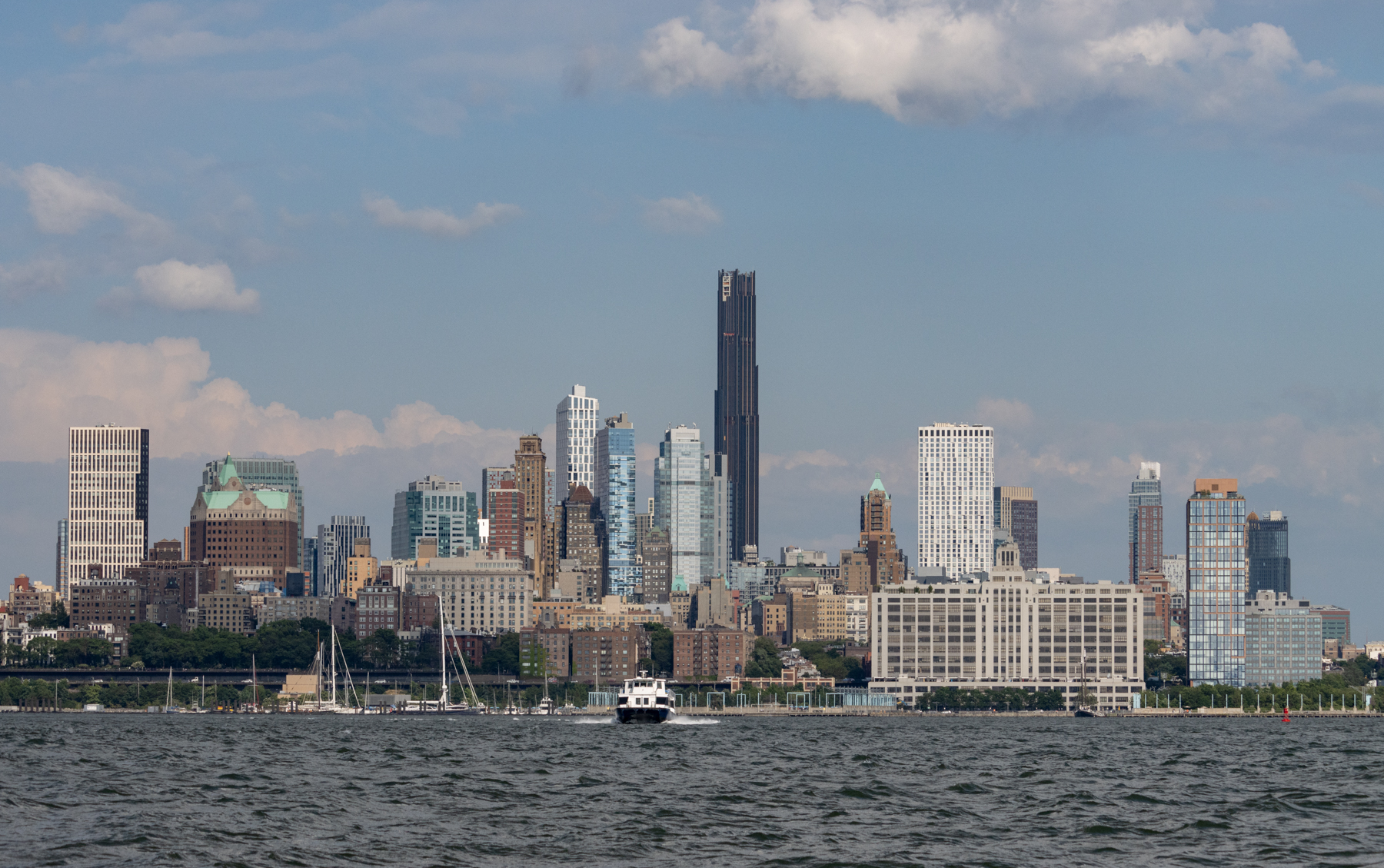
Those disparities were central to the June 3 discussion, which featured a range of ideas to address them — from how nonprofits can help close the economic gap, to reimagining community spaces for affordable housing or local businesses, to investing in youth development and long-term community infrastructure to ensure Brooklyn’s continued progress.
“Brooklyn residents are not only passionate about this borough,” said Jonathan Bowles, executive director of the Center for an Urban Future, during his introductory remarks. “But also really determined to create a better and fairer borough. And also hungry for ideas on how to get there.”
Hearing from local leaders
Between panel discussions and audience participation, individual borough leaders were given three minutes each to pitch their ideas for improving Brooklyn.
Among the pitches that drew the most interest from the few hundred Brooklynites in attendance was one from Lurie Daniel Favors, executive director of the Center for Law and Social Justice at Medgar Evers College, who proposed offering free legal advice to homeowners facing foreclosure.
Reuben Ogbonna, co-founder of The Marcy Lab School, a tech-focused trade school, called for creating a support system for students in job training programs, similar to what’s offered at CUNY colleges.
Vivian Liao, co-founder of the development firm Totem, urged a revision of the city’s housing lottery system, noting that it’s highly competitive and leaves many applicants without an apartment, time and again.
Prospect Park Alliance President Morgan Monaco received the loudest cheers when she said, “Prospect Park is not a sanctuary; it is a solution.” She pitched using the park as a frontline for health equity by hosting wellness walks and deploying mobile health clinics near the park’s meadow.
“Health should not depend on your ZIP code,” Monaco said. “Yet in Brooklyn, it often does. In neighborhoods like South Crown Heights, Prospect Lefferts Garden, and Flatbush, hypertension affects over a third of residents. And yet, just across in Park Slope, that number is cut in half.”

Brooklyn’s migrant communities were not overlooked at the symposium. Lorena Kourousias, executive director of Mixteca, a Sunset Park–based nonprofit, proposed creating community mental health centers for migrants, noting that they often lack access to counseling because the system “was not built for them.”
“Often solutions are rooted in privilege,” Kourousias said, “We hear things like, ‘take a self-care day,’ ‘unplug,’ or ‘invest in self-care.’ But this advice assumes that people have what many migrants and working-class people don’t have: paid time off, affordable therapy, and a place to sleep.”
What the panel had to say
A panel of five nonprofit leaders took the stage to speak with Eli Dvorkin, editorial and policy director at the Center for an Urban Future, about what makes Brooklyn great — and how to preserve and improve it.
Panelists included Jocelynne Rainey, president and CEO of Brooklyn Org; Jimmy Chen, founder and CEO of the Propel app; Michelle de la Uz, executive director of the Fifth Avenue Committee; Blondel Pinnock, president and CEO of the Bedford-Stuyvesant Restoration Corporation; and Gregg Bishop, executive director of the Joe and Clara Tsai Foundation’s Social Justice Fund.
“Some of the things we need to figure out is,” Bishop said. “How we can continue focusing on creating an environment where entrepreneurs feel welcomed, want to start a business in this borough. There’s a lot of … young people in Brooklyn and how do we get them the necessary support. I’m looking forward to the conversation in ways of how we can continue the growth of Brooklyn without leaving individuals out.”
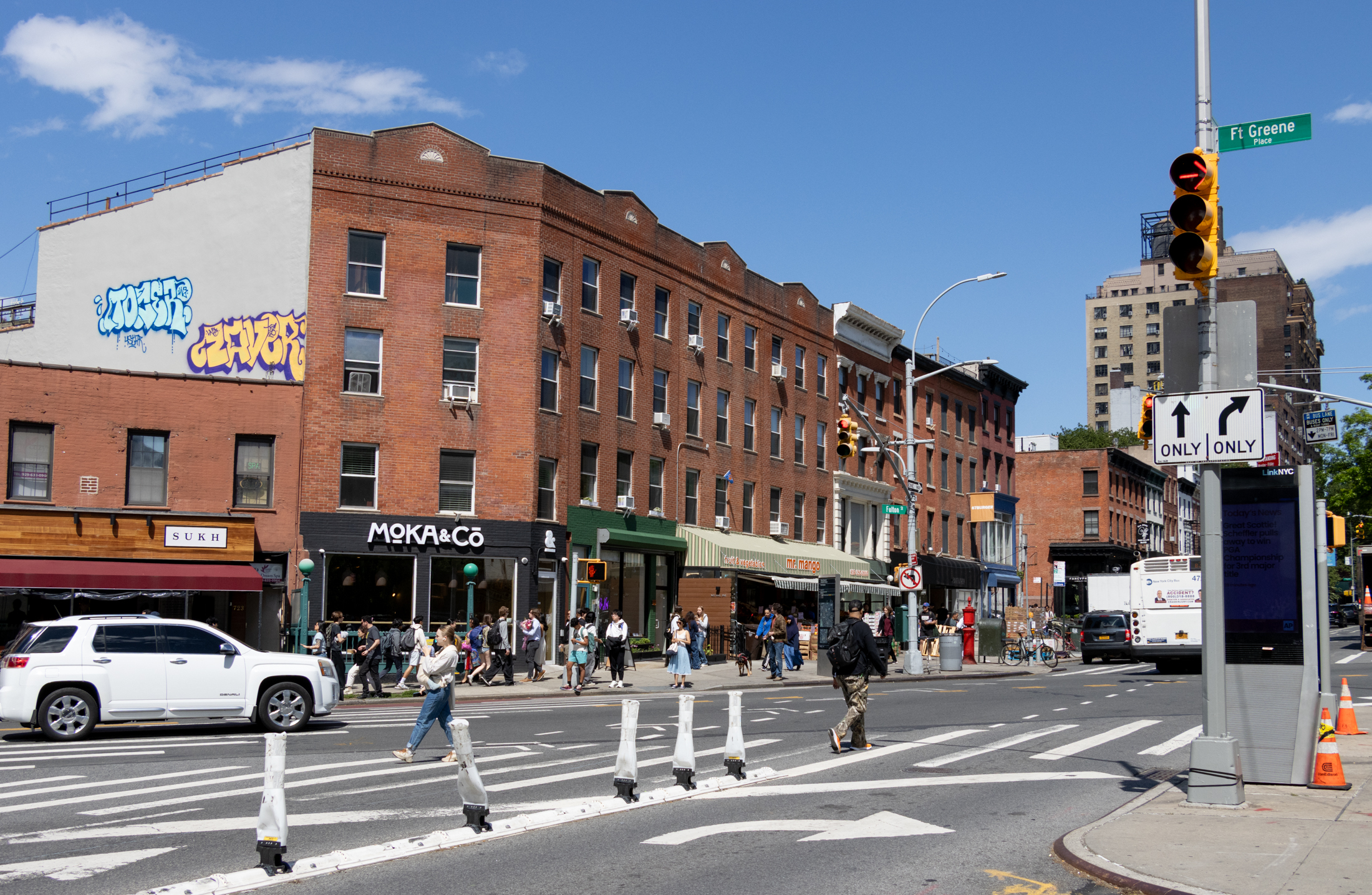
The five panelists praised Brooklyn’s strong sense of community — from neighbors supporting one another to the many businesses and nonprofits committed solely to the borough. They also highlighted the creative energy that draws people from a variety of sectors.
But they were quick to point out the challenges as well. Affordability continues to strain residents across income levels, and high rents are hurting businesses — particularly Black-owned ones. Mental health concerns persist in every corner of the borough, and panelists warned that proposed budget cuts under a potential second Trump administration could make matters worse.
De la Uz noted that while the homelessness crisis is already severe, it could be exacerbated by Trump’s “Big Beautiful Bill.”
De la Uz suggested dismantling the Brooklyn-Queens Expressway to create more space in the borough, citing Syracuse’s removal of Interstate 81 as a model. She also encouraged land banking, using Brooklyn’s bus depots as an example — though she acknowledged those sites are currently located above gas stations.
Rainey called on the government to invest more in nonprofits and allow them to take the lead on community service work, rather than relying on government officials and agencies. She also advocated for better salaries and hourly wages.
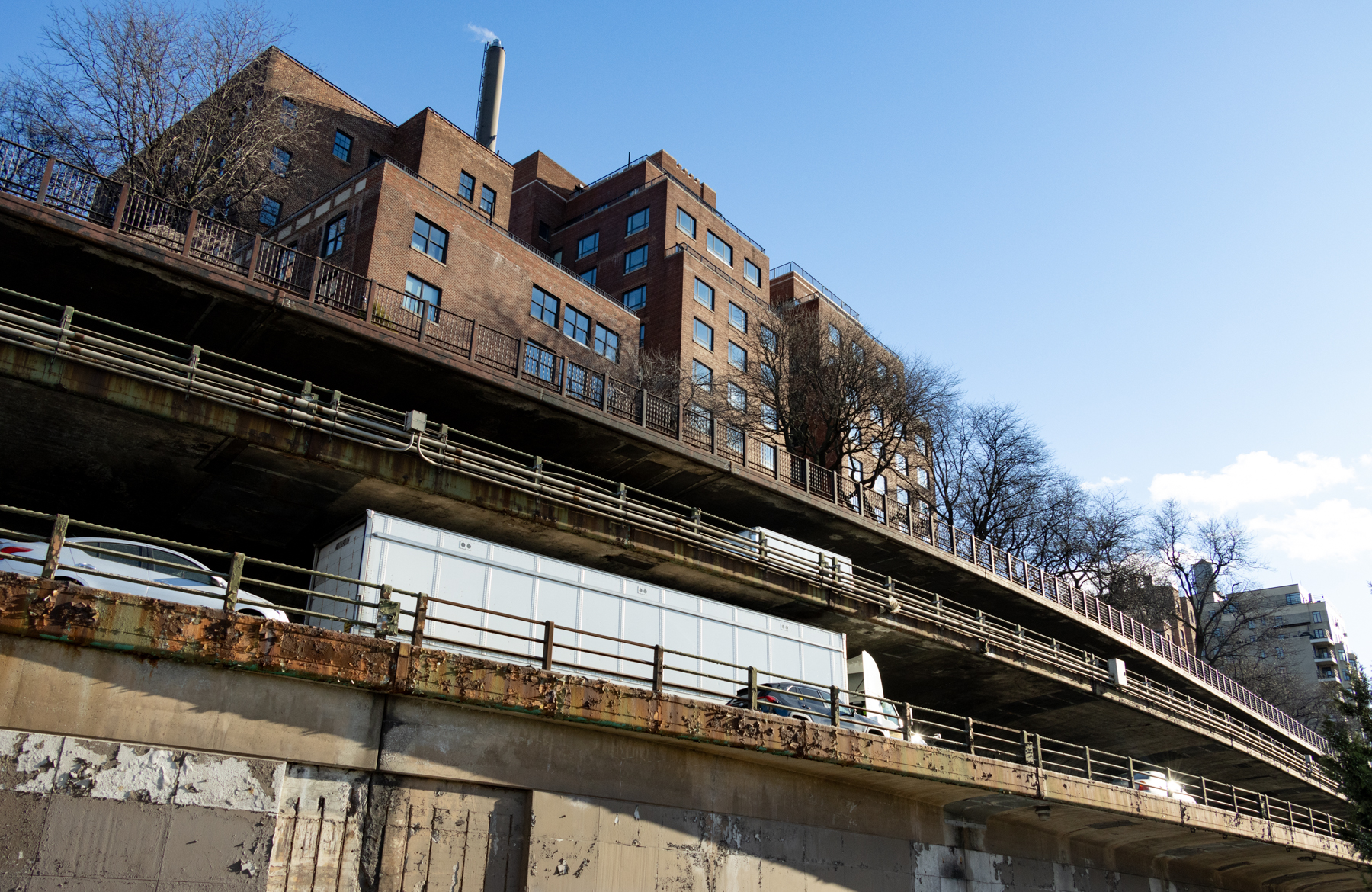
Chen highlighted the need to address SNAP benefit theft by modernizing EBT cards with security chips, similar to those found in debit and credit cards.
But Pinnock urged both the panel and the broader symposium not to overlook Brooklyn’s middle-class residents, who are leaving the borough in large numbers.
“You cannot build an economy without the middle class,” Pinnock said, as several audience members applauded. “The greatest way to close the racial wealth gap is homeownership. There must be true thought leadership, investment, and incentives in homeownership.”
Talking politics
Eli Dvorkin closed out the symposium with a conversation featuring City Council members Crystal Hudson and Rita Joseph, along with Brooklyn Borough President Antonio Reynoso. He posed the same question that had guided the day’s discussions — how to create a stronger and more equitable Brooklyn — but with a more political lens.
The trio spoke about Brooklyn’s role within New York City and how citywide policies, in turn, affect the borough. In addition to discussing business and housing opportunities, the panel raised political concerns they believe are holding Brooklyn back — including the level of funding the NYPD receives compared to investments in business development and affordable housing.
They also addressed this year’s city elections and what the next mayor must do to help Brooklyn reach its full potential.

Without naming Mayor Eric Adams directly, Reynoso said his election — during a period of heightened concern about crime — shifted the city’s focus away from investing in economic opportunities that could have benefited the borough. He also voiced frustration with voters’ tendency to elect representatives who fail to deliver meaningful change.
“We’ve just got to elect better people, and we don’t,” he said. “We have people that are the same. It’s all sameness all the time. We just continue the same patterns, and at some point, it just becomes our fault. At the same point, you just wake up or keep doing it. I just think we’ve got to be more bold and think differently.”
Hudson emphasized the need for affordable housing for older Brooklynites, such as Baby Boomers, who will require accessible features in the homes they’ve lived in for decades.
“No one wants to talk about older adults,” she said. “Not everybody gets the opportunity to grow old. And if you’re extra lucky, then you get to do so right here in New York City. But it’s difficult to do that.”
On the topic of business development, Joseph called for a digital literacy plan and proposed teaching artificial intelligence to all public school students. Borough President Reynoso urged the city to revisit outdoor dining, noting its popularity among diners and the success it brought to restaurants.
The crowd speaks up
Between panels, 45 minutes were set aside for audience members to pitch their ideas for businesses, nonprofit initiatives, and community-based incentives to help build a stronger Brooklyn.
Suggestions included transforming block parties into opportunities for community symposiums, connecting residents with local nonprofits for resources, and developing new neighborhood programs. One woman proposed helping migrants get their college degrees from their home countries verified, so they can work in their trained fields instead of being relegated to low-wage jobs. Another speaker criticized City Council members for prioritizing corporate interests over the needs of residents, particularly Black Brooklynites.
Juan Serraty, a Bushwick resident who isn’t a business owner but hopes to become more active in his community, pitched the idea of creating more co-working spaces. He said he’s noticed many people working on laptops in coffee shops, which can discourage others who just want a place to meet with friends. Still, he acknowledged that co-working spaces are often too expensive for many Brooklynites.
“The city needs to help fill the gap and subsidize co-working space,” Serraty said. “They can be low-cost, city-owned spaces that are open to the community and support and partner with other businesses.”
What comes next
The symposium’s thoughtful discussion left Flatbush resident Kalilah Moon feeling inspired. As executive director and CEO of Drive Change, a nonprofit that provides job training for formerly incarcerated people, she saw hope in the ideas shared and a path forward for Brooklyn’s future.
“There are great conversations on how to improve our great borough,” she said. “I’m glad people are not shying away on how we can grow as a borough. We need to imagine more. There’s so much I took away from this.”
Jonathan Bowles told Brooklyn Paper he felt inspired by the symposium and is looking forward to the next steps in making Brooklyn a better place to live and work.
“I’m optimistic about the borough’s future,” he said. “This borough is full of smart people with innovative ideas. Now we need to get the ideas in front of the government. We’re going to figure out and select the ideas and then meet with electeds and civic foundations.”
Bowles clarified he was referring to city, state, and federal governments, to which the Center for an Urban Future will present these proposals for Brooklyn’s future.
“This is a good start,” he said. “There are so many to choose from, there’s no shortage of good ideas. Now let’s try to advance them.”
Editor’s note: A version of this story originally ran in Brooklyn Paper. Click here to see the original story.
Related Stories
- Atlantic Avenue Rezoning, Set to Bring Thousands of Homes, Passes City Council
- City’s Lottery System Can’t Meet Affordable Housing Needs
- How New York City Can Create Genuinely Affordable Housing
Email tips@brownstoner.com with further comments, questions or tips. Follow Brownstoner on X and Instagram, and like us on Facebook.

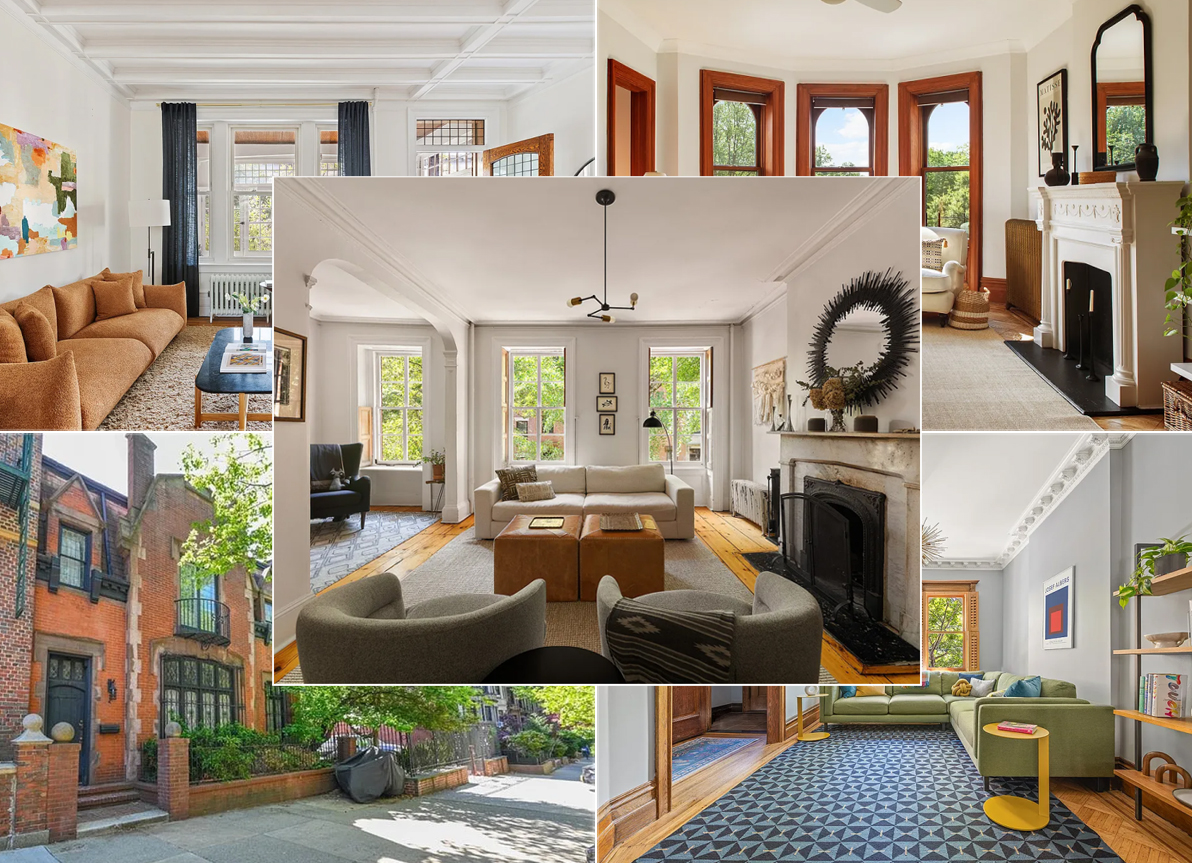
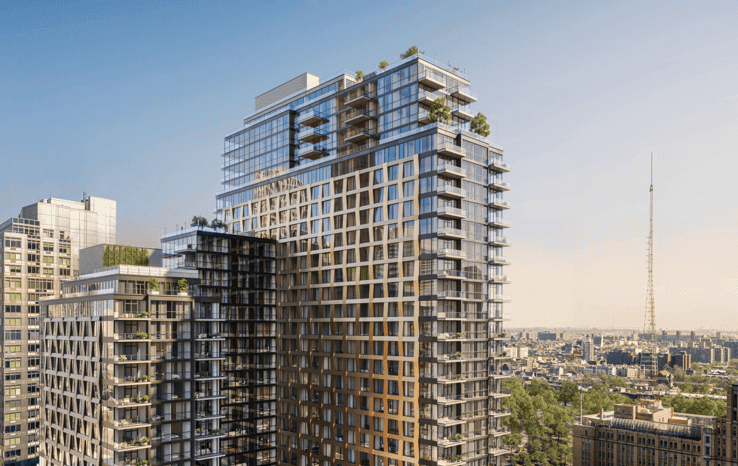
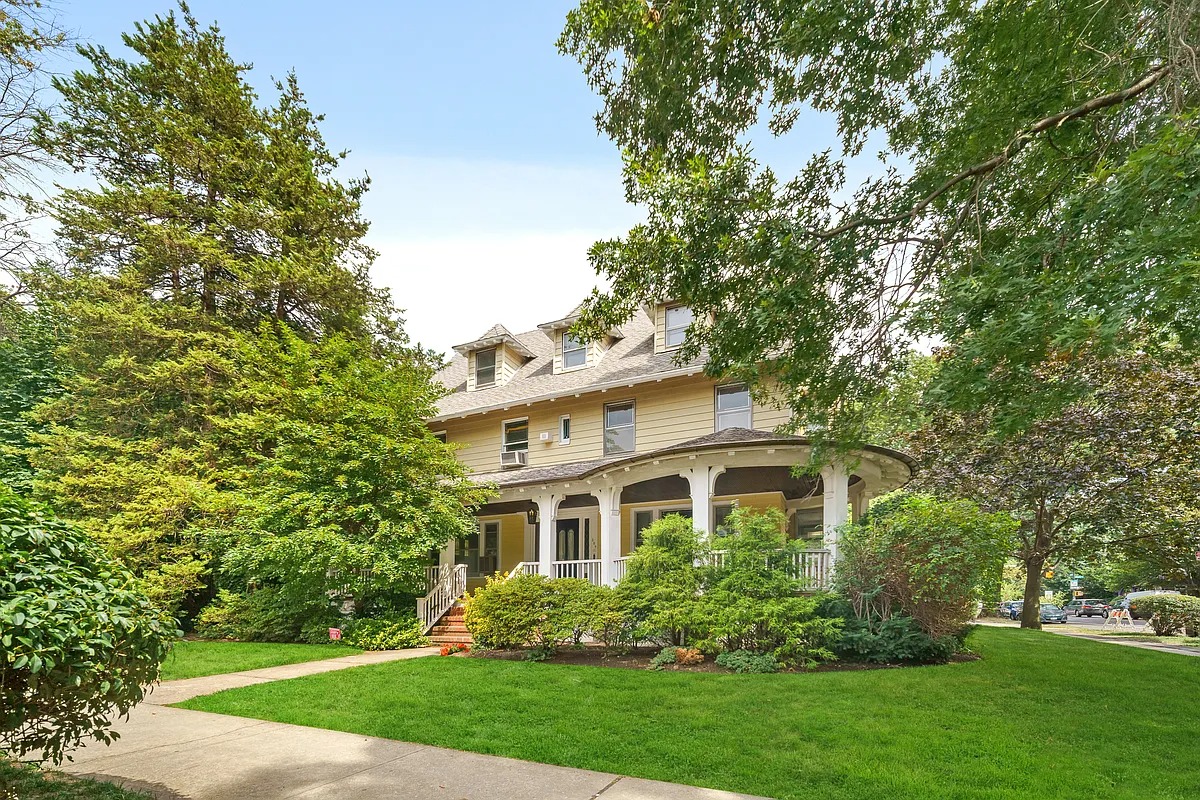
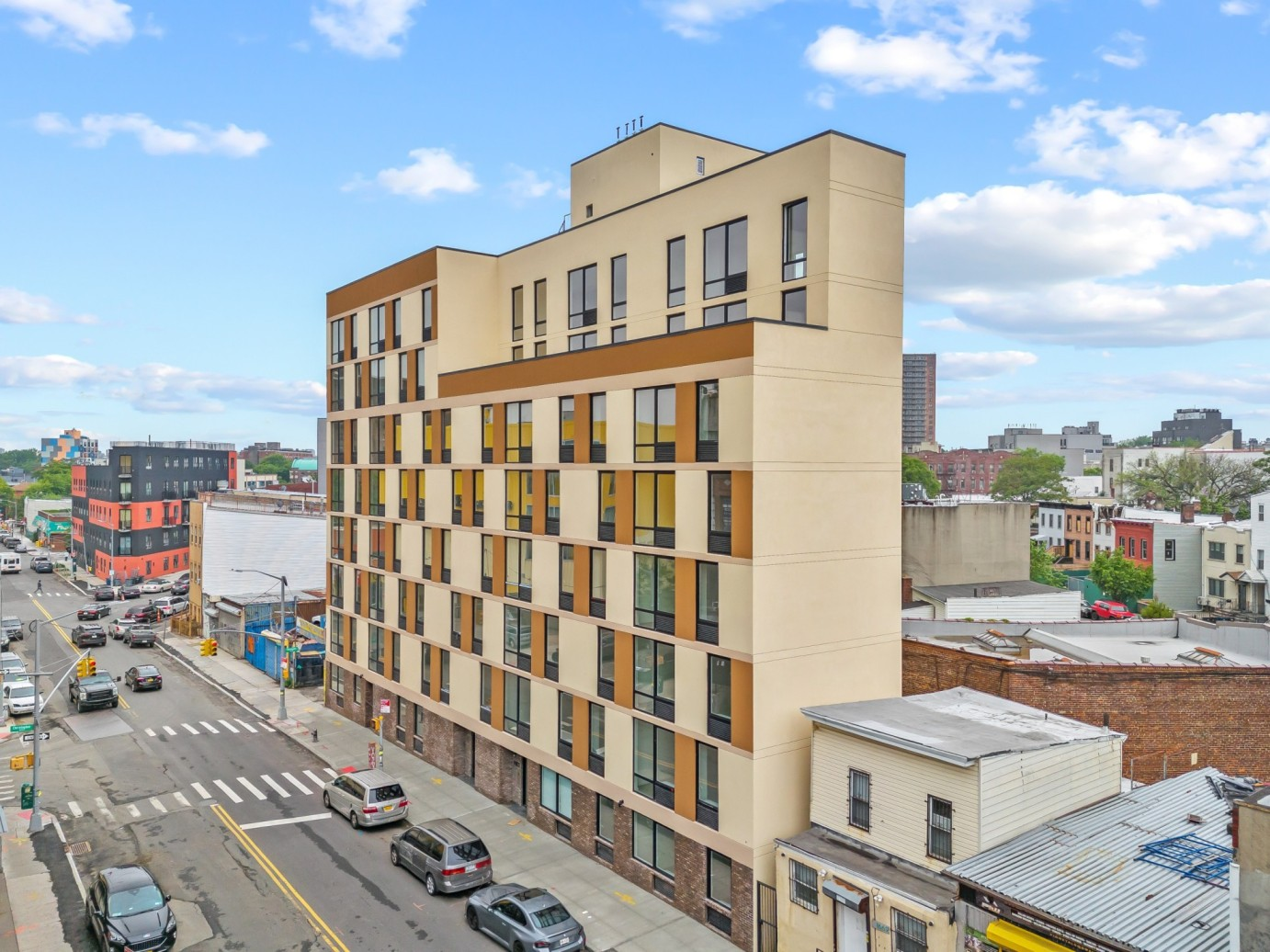
What's Your Take? Leave a Comment